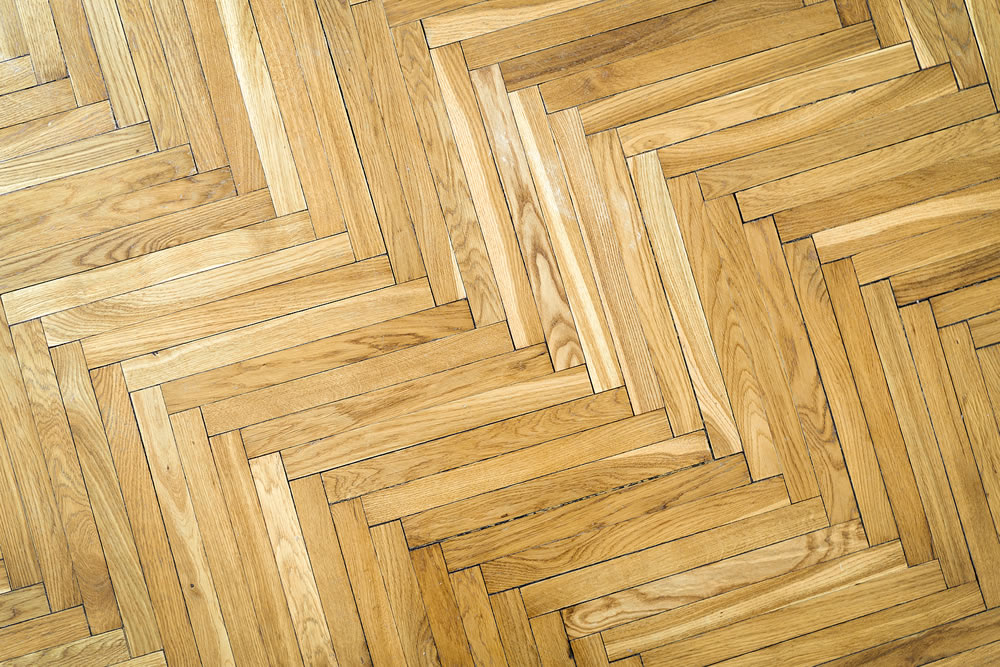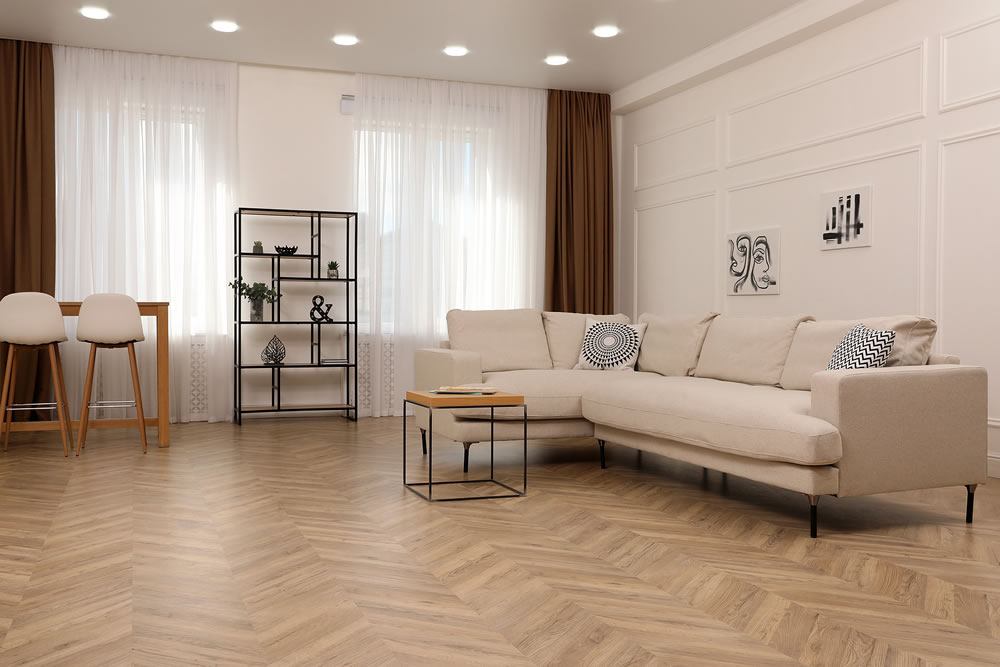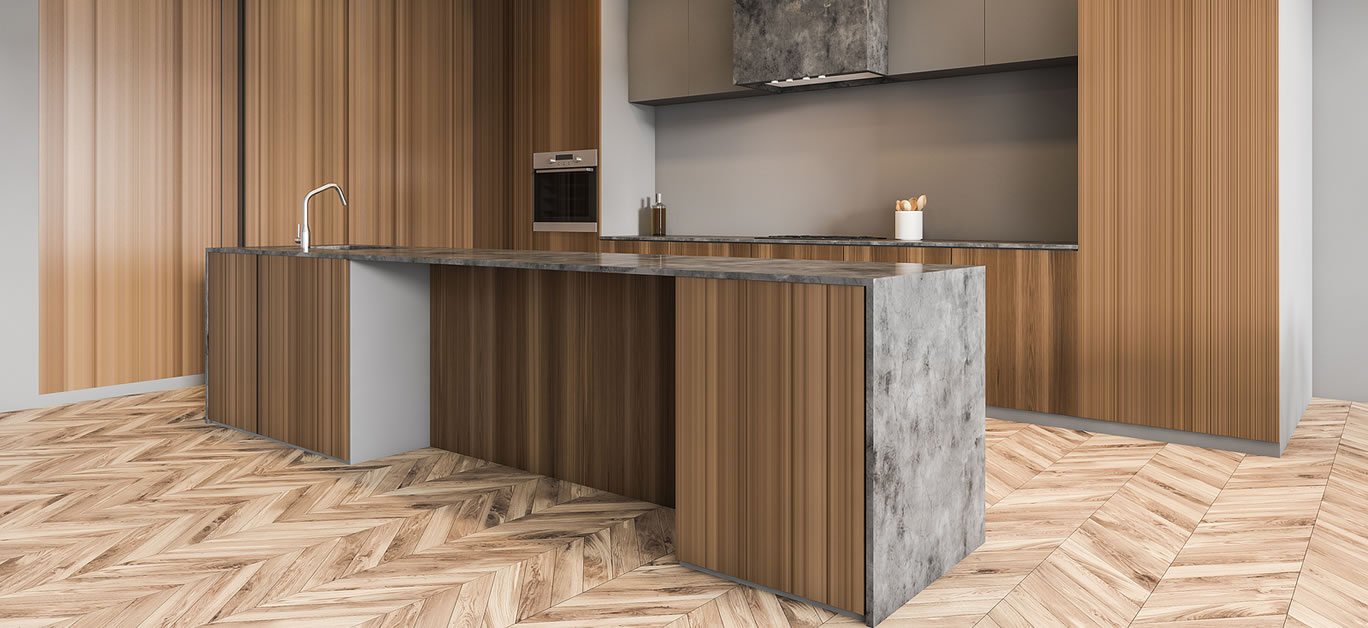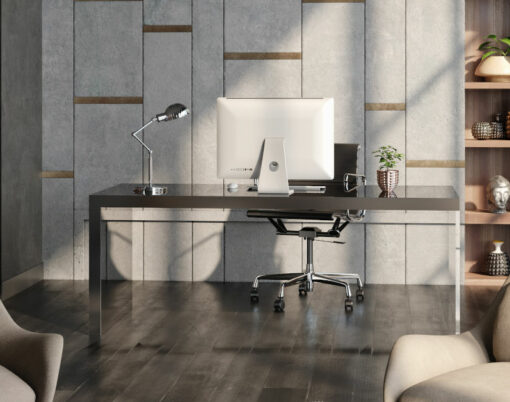Planning on giving your home a luxurious new makeover? There are numerous different aspects to interior design, and while colour schemes, furniture, ornaments, and soft furnishings are often the things we think of first, there is one element that, despite being equally important, tends to be overlooked, and that is the flooring.
As well as being a necessary essential, a high-quality floor offers homeowners and designers an incredible opportunity for creative expression. One of the most unique and attractive options, parquet wood floors are enjoying a return to the spotlight of late and have become popular amongst some of the world’s top interior designers and high-end homeowners alike.
Let’s take a look at the history of this flooring and why it’s the ultimate design choice for injecting a little bit of extra luxury into your home.
What is parquet wood flooring?
Parquet wood flooring is a type of flooring that makes use of small strips of wood arranged in a specific pattern. One of the most popular patterns is called herringbone, which is where the strips are arranged in a zig-zag pattern. Other common types include brickwork, chevron, and woven patterns – so you can make yours as simple or as intricate as you’d like, depending on the overall look and feel you’d like to create.

The history
Parquet wood designs originated in France sometime in the 1500s, with the style thought to have been heavily influenced by Italian designers. Italian architects were present in France at the time and regarded as instrumental in the development of the design, and later, in the 1600s, parquet wood designs had become so synonymous with luxury that they were even installed throughout the Parisian Luxembourg Palace. In the late 1600s and into the 1700s, King Louis XIV had parquet wood installed in the Palace of Versailles, too.
The style quickly spread across Europe, arriving in the UK in the 1620s. Queen Mary had parquet floors installed in Denmark House, a decision which helped popularise the style in Britain – and if it’s good enough for royalty, then it’s certainly good enough for us.
In the 1700s, French designers developed the chevron and herringbone patterns, and parquet flooring remained popular for the next two centuries before falling out of fashion in the 1930s. However, the style enjoyed a resurgence from the 1990s onwards and is now one of the most popular forms of domestic wood flooring, with chevron and herringbone designs now some of the most highly sought-after in the high-end flooring world.

Why choose parquet flooring?
To put it simply, parquet floors look visually stunning, and are a choice that exudes good taste as well as maximum style and sophistication. Parquet floors are visually striking and are certain to impress your guests – but they have plenty to offer besides good looks alone.
Easy to maintain, they are also strong and durable, and can withstand heavy foot traffic as well as any unfortunate bumps and scrapes. They are surprisingly simple to clean; any spillages can be immediately wiped up and are unlikely to leave a stain or a mark – and they’re also hypoallergenic, as they don’t harbour irritants like pollen, dust, or pet hair. So, if you have children or dogs in the house, then consider them an excellent choice all round.
Parquet patterns can be complex and intricate, which leads many people to assume that they are difficult to install. But this isn’t the case; in fact, on the contrary, parquet floors are surprisingly easy to install, and you can even do the job yourself if you plan correctly and have the right tools and equipment to hand.
The bottom line
Since originating in France over 500 years ago, parquet flooring is a design choice that has, despite one or two wobbles, remained very much in favour amongst interior designers and luxury homeowners – and with good reason. So, if you’re looking for a standout flooring choice that is a solid investment and promises to impress, then this is it.






















